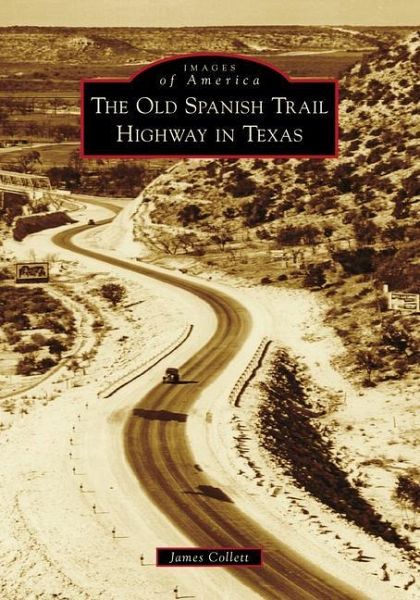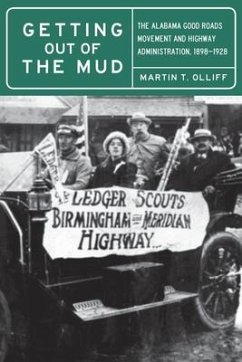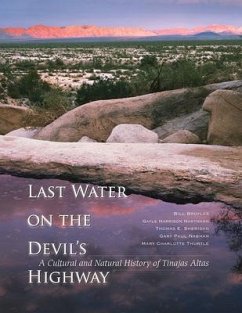
The Old Spanish Trail Highway in Texas
Versandkostenfrei!
Versandfertig in über 4 Wochen
18,99 €
inkl. MwSt.

PAYBACK Punkte
9 °P sammeln!
At the dawn of automobile travel in the United States, visionary entrepreneurs proposed a Southern transcontinental route called the Old Spanish Trail (OST) that would stretch across eight states from Florida to California. The central third of the road spanned more than 900 miles and traversed Texas. The collaboration of communities, both large and small, that worked to bridge rivers and pave primitive roads made the OST a reality during the 1920s. As travelers ventured forth on the route, a diverse crop of businesses--filling stations, autocamps, tourist courts, motels, and myriad eating est...
At the dawn of automobile travel in the United States, visionary entrepreneurs proposed a Southern transcontinental route called the Old Spanish Trail (OST) that would stretch across eight states from Florida to California. The central third of the road spanned more than 900 miles and traversed Texas. The collaboration of communities, both large and small, that worked to bridge rivers and pave primitive roads made the OST a reality during the 1920s. As travelers ventured forth on the route, a diverse crop of businesses--filling stations, autocamps, tourist courts, motels, and myriad eating establishments--sprang up to meet the needs of tourists, wanderers, migrants, and truckers while also fueling economic growth. For over 50 years, the OST continuously underwent construction and redesign that transformed a small roadway into a multilane interstate highway carrying a constantly increasing flow of goods, services, and people. Although the OST identity is gradually growing fainter amidst the standardization of businesses and rerouting of numbered highways around (instead of along) city streets, it still survives among many Texans who dwell along the Trail.












